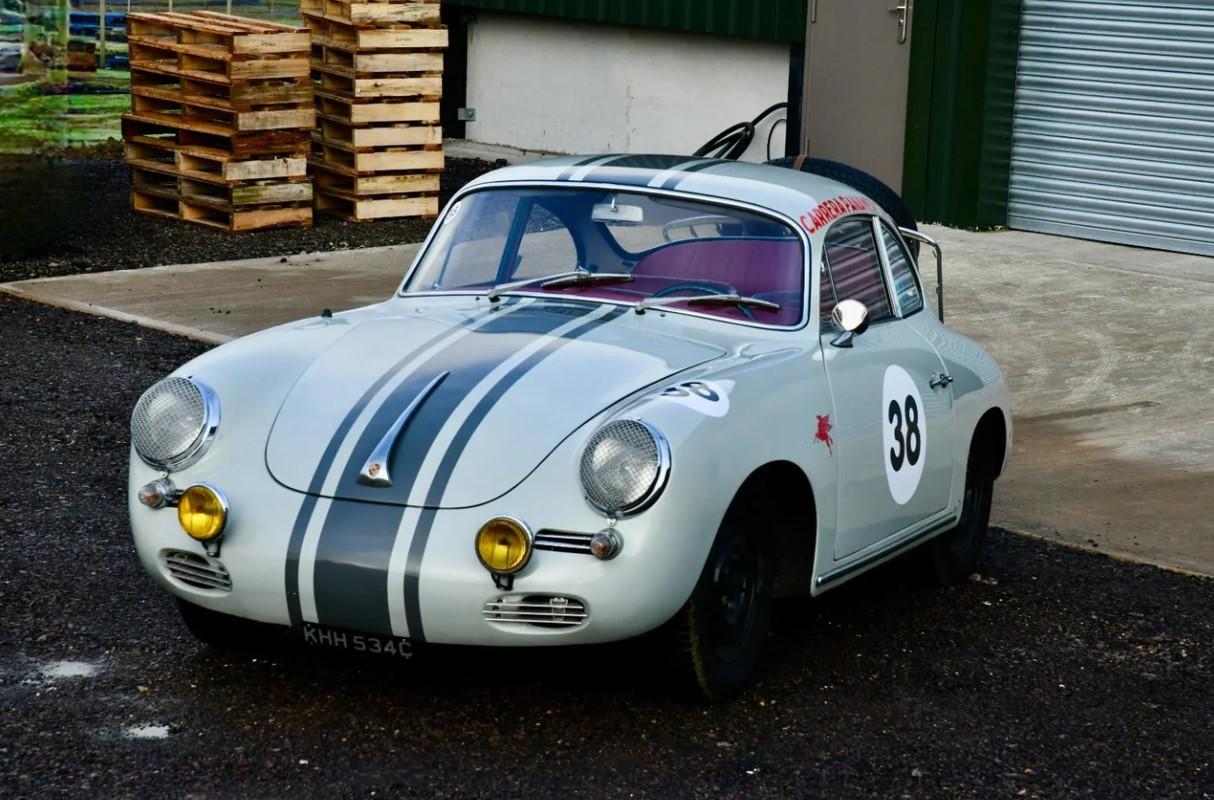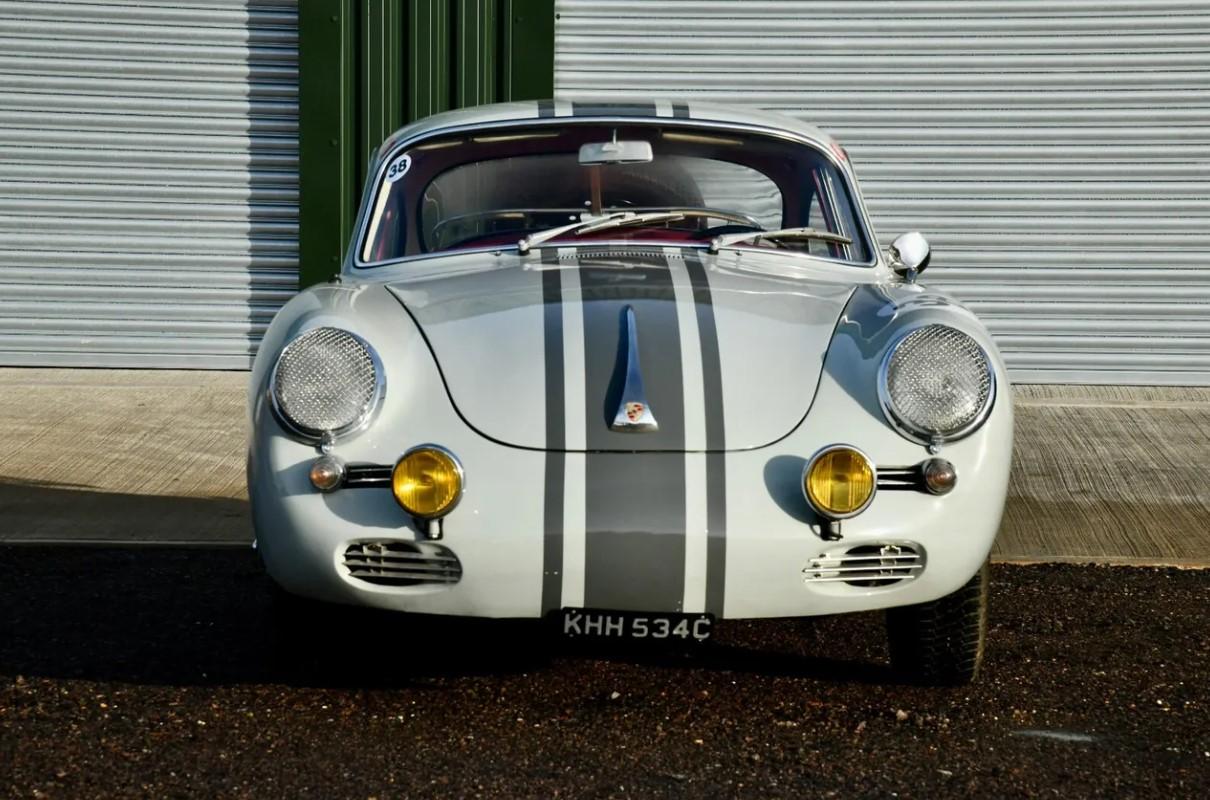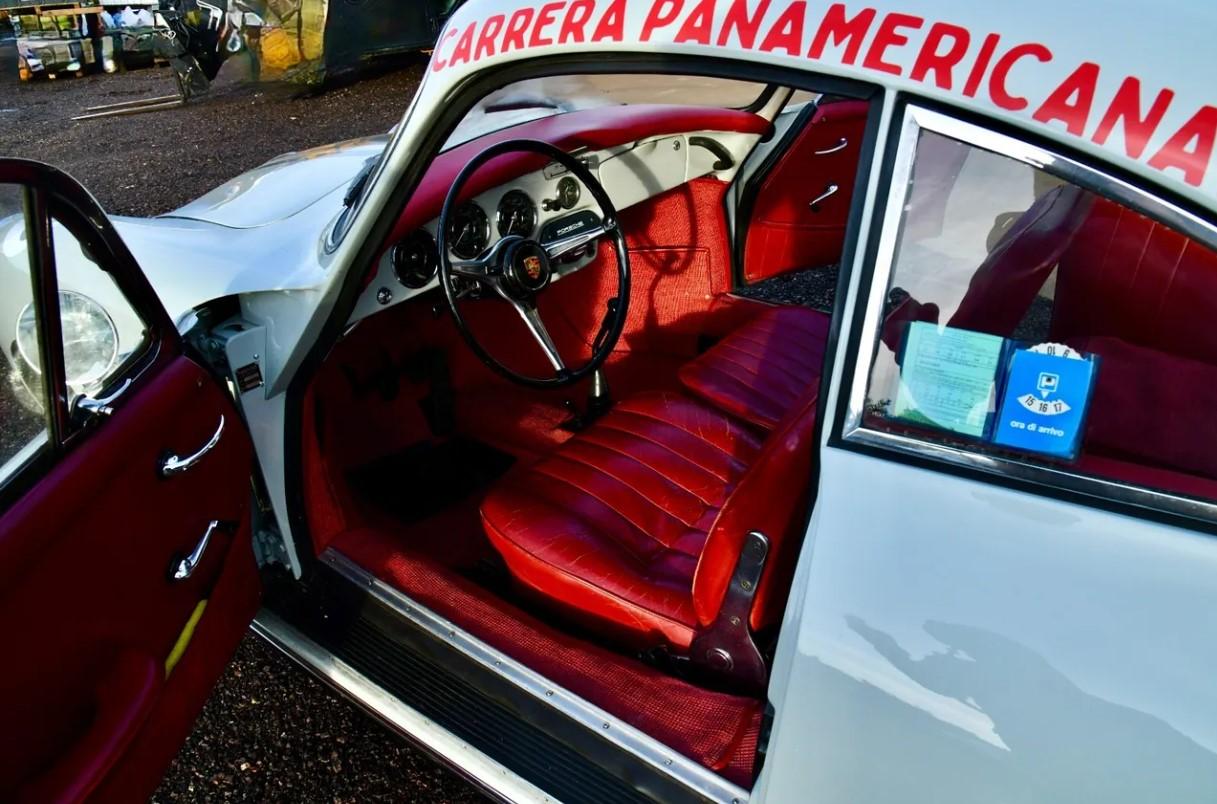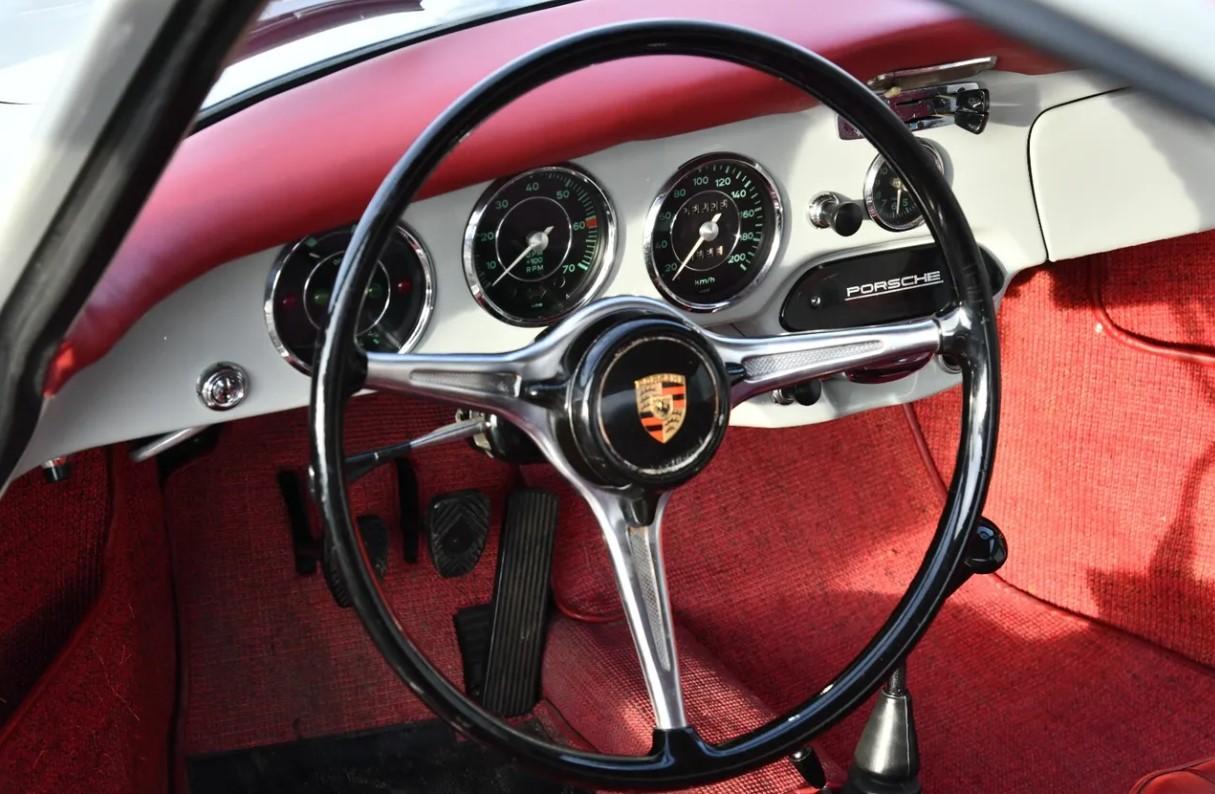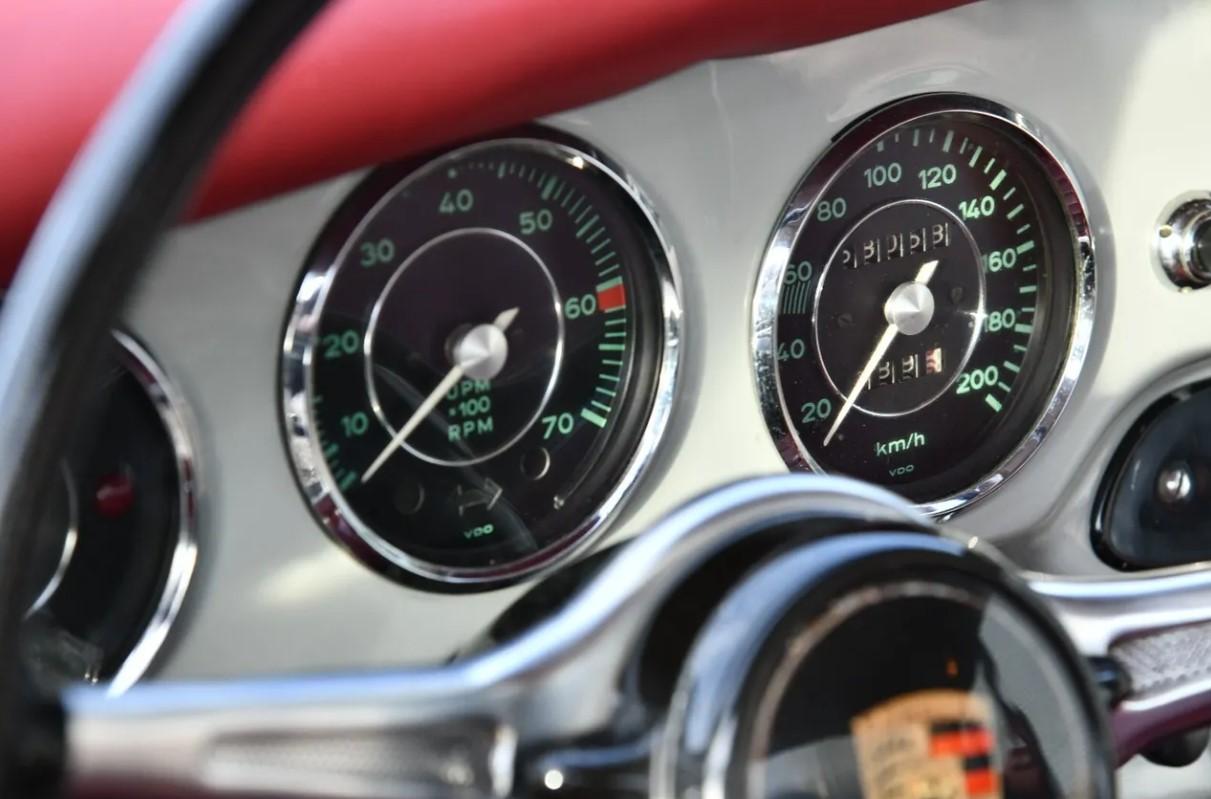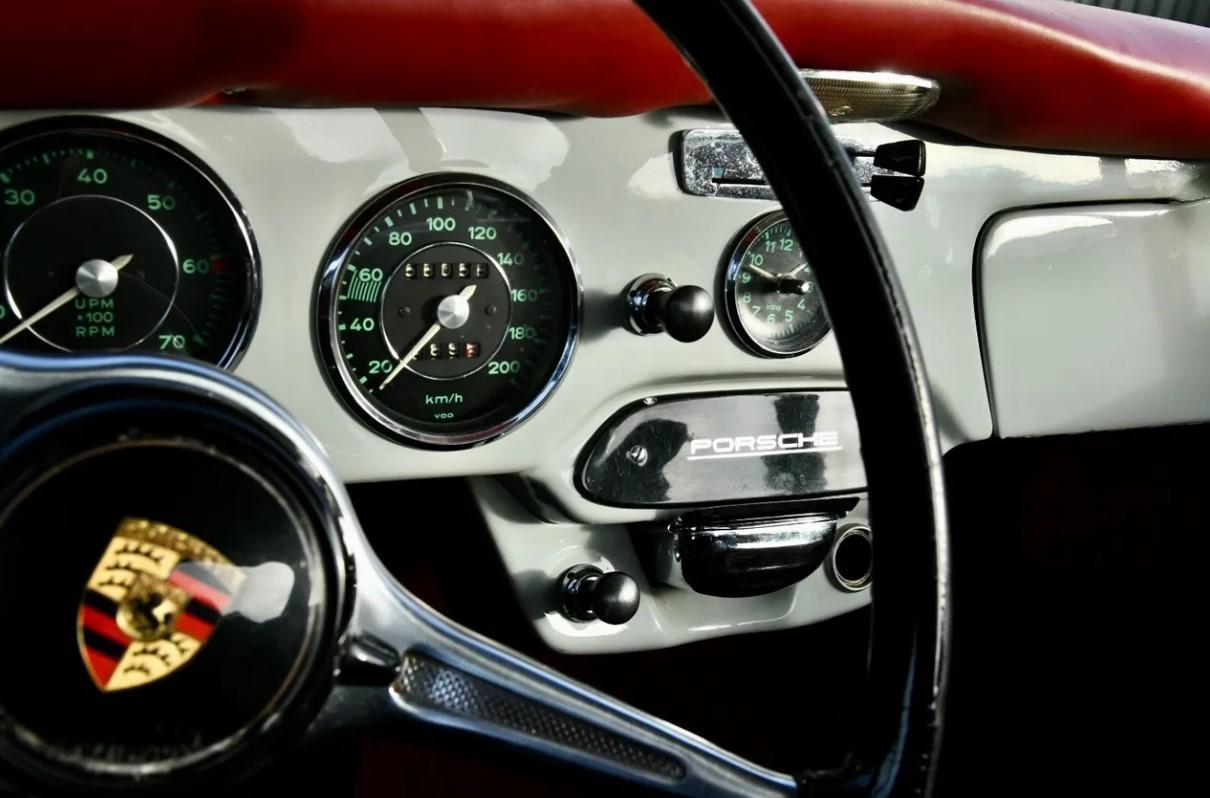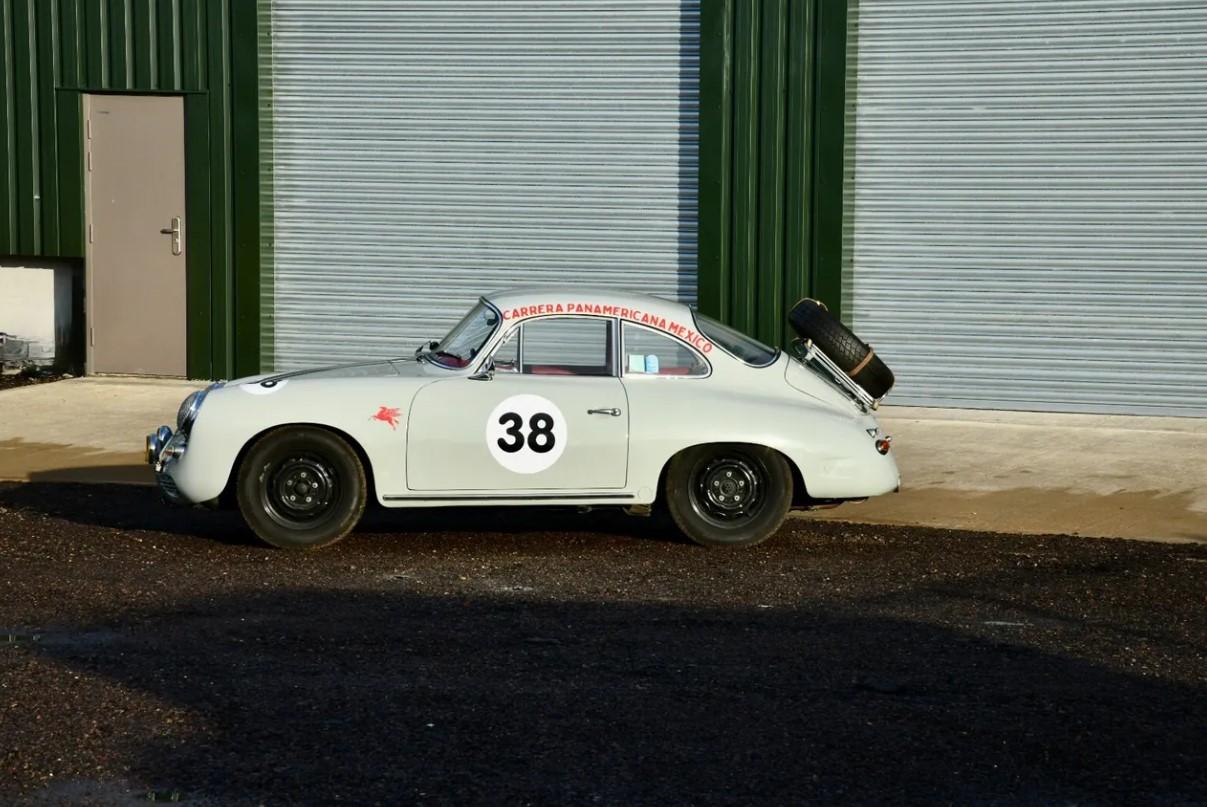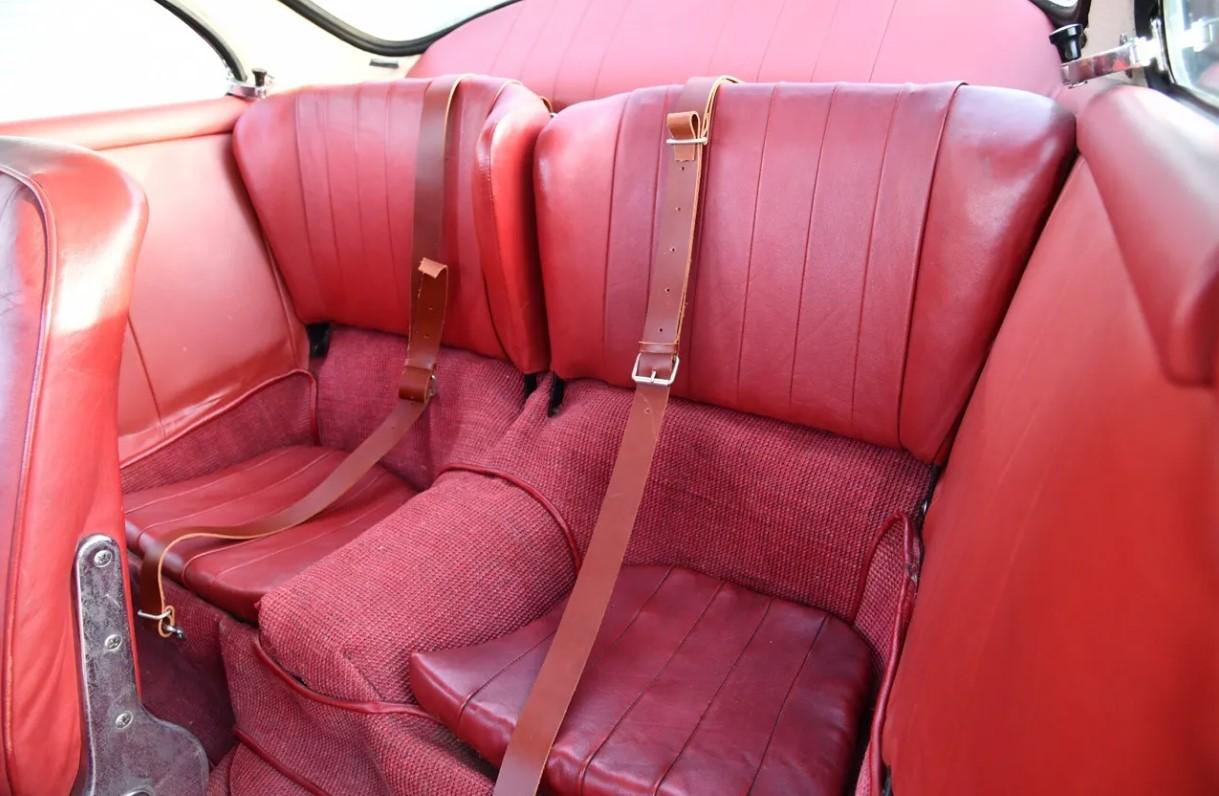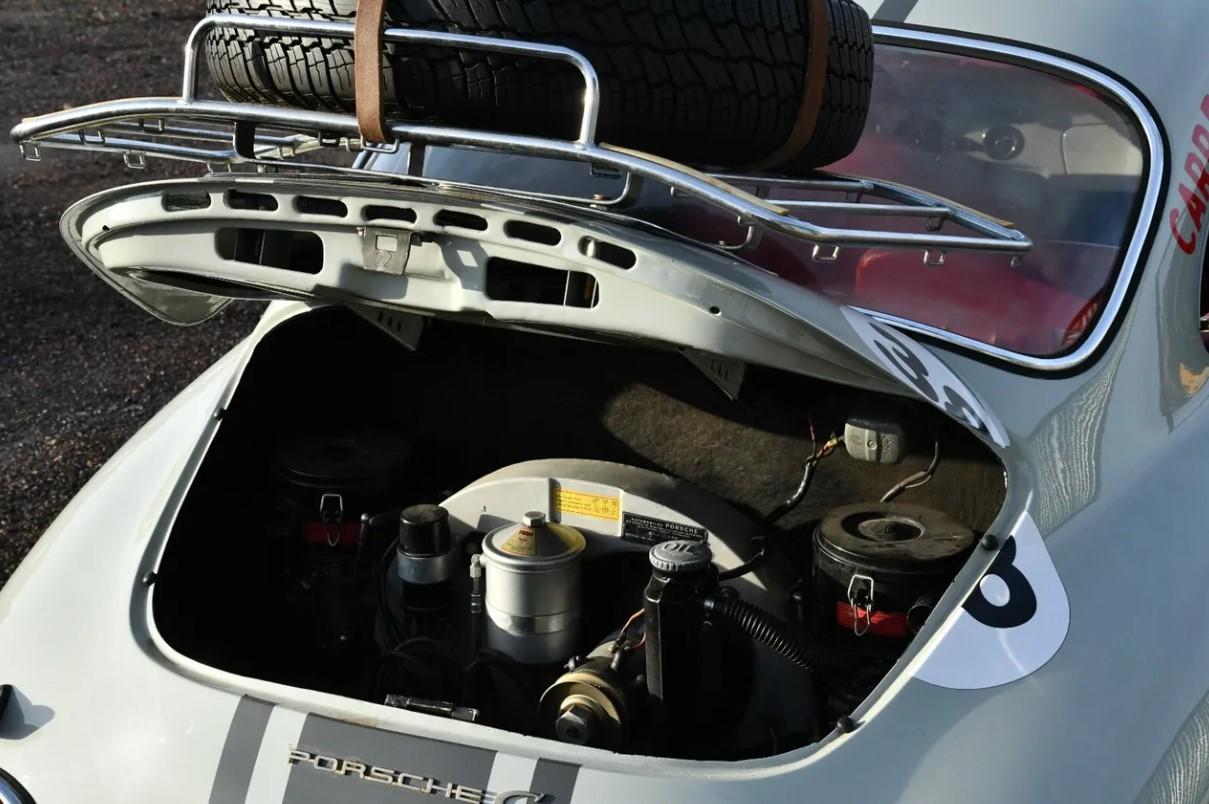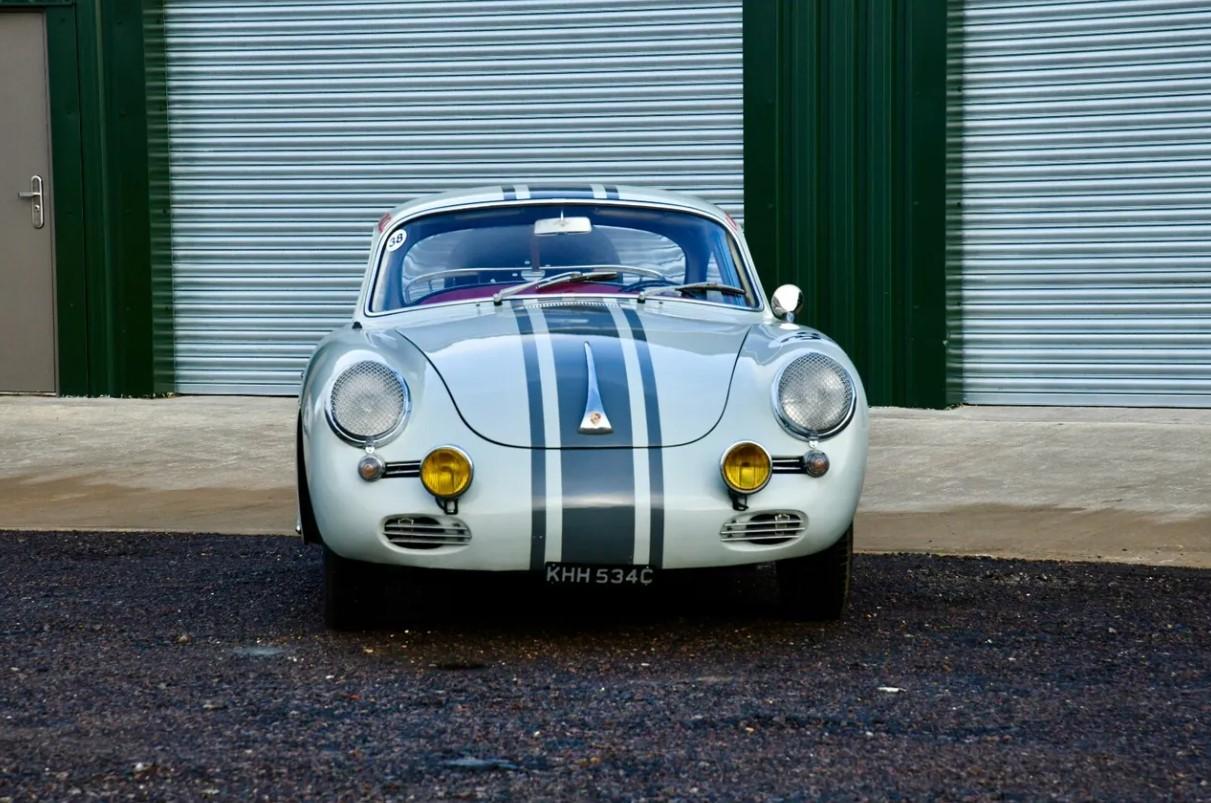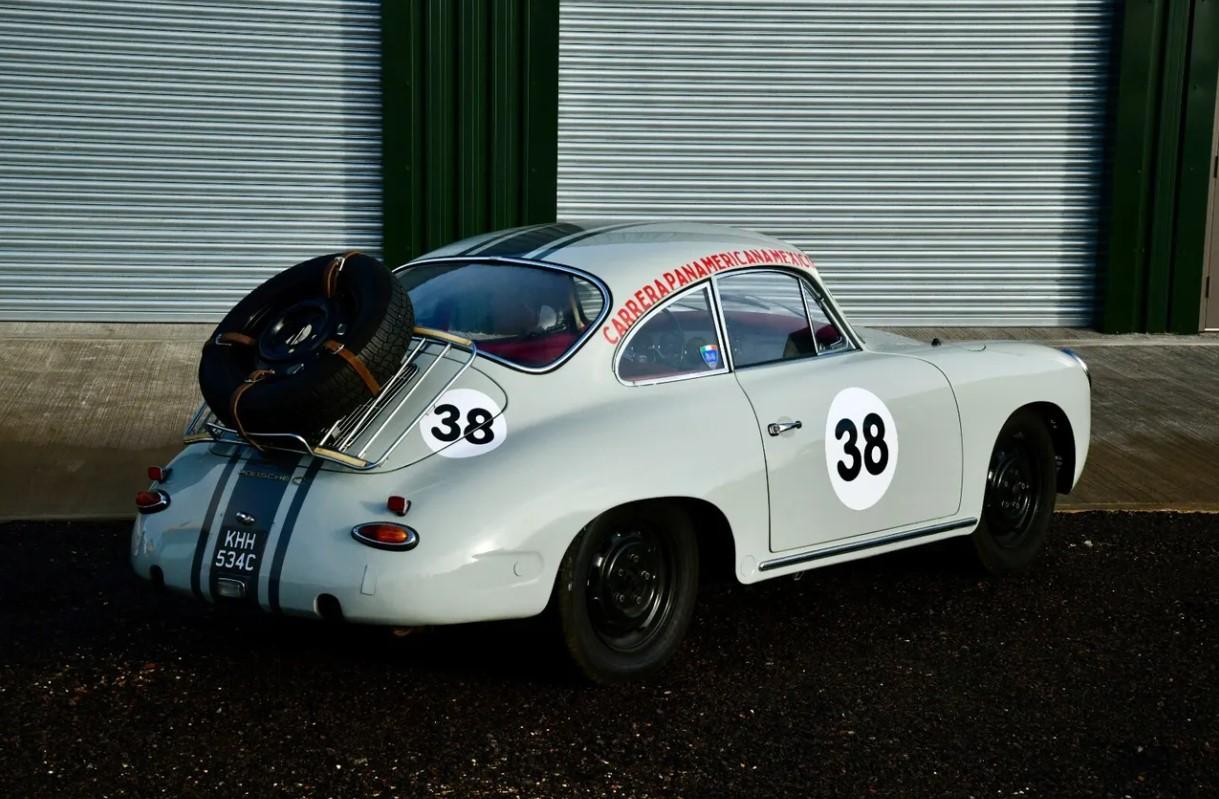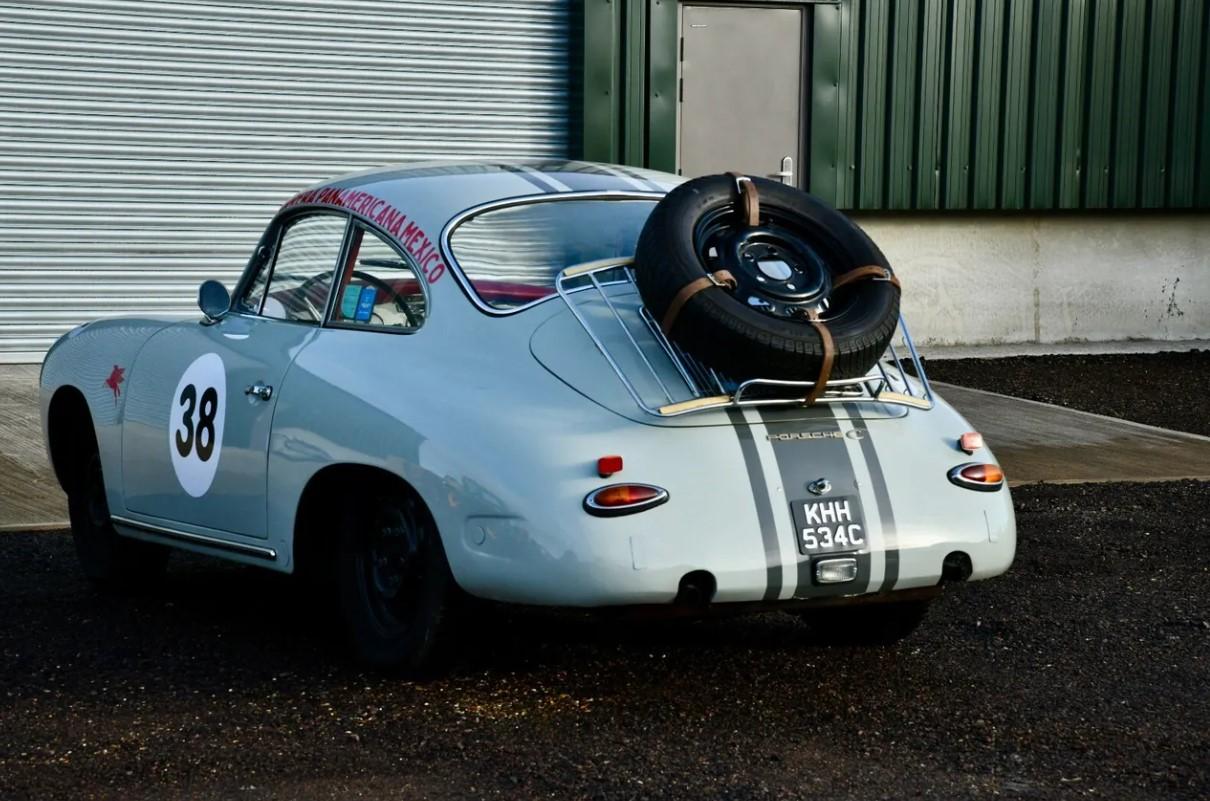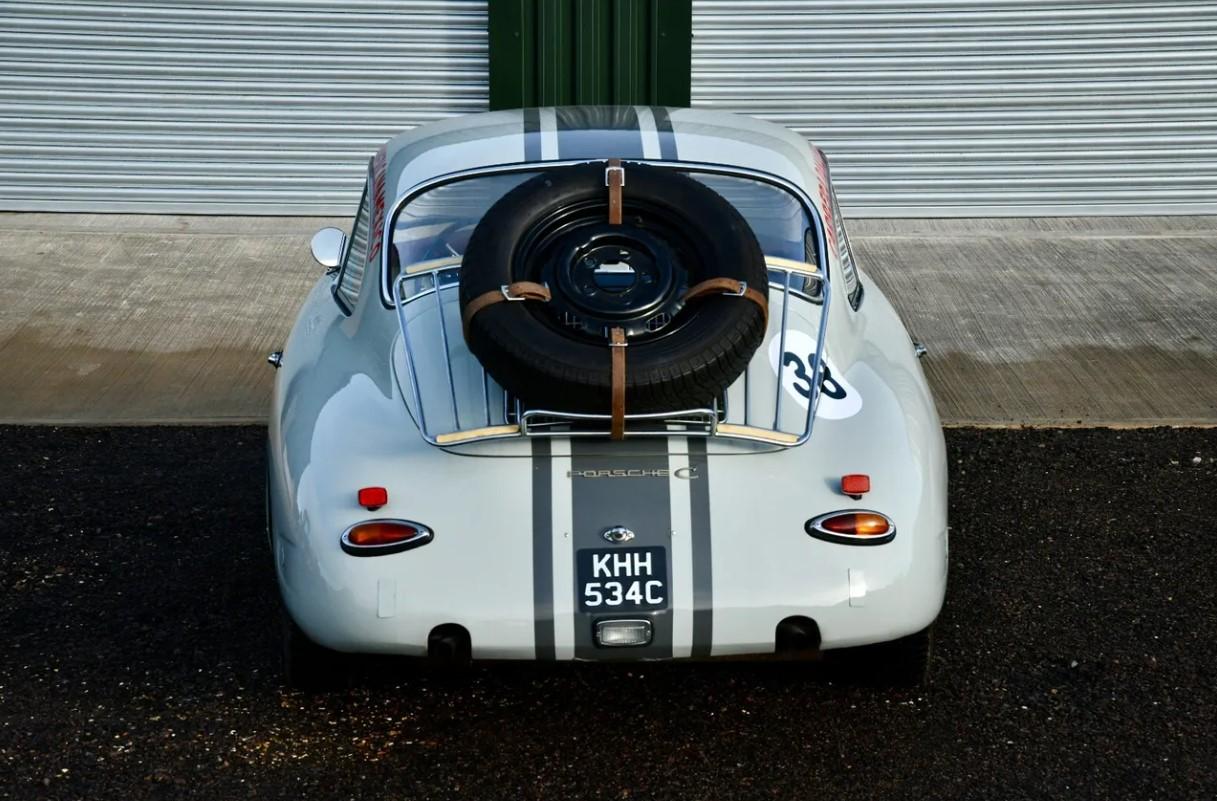The Porsche 356 is a sports car that played a significant role in establishing the reputation of the German manufacturer as a producer of high-performance and stylish automobiles. The 356 series was the first production car from Porsche and was in production from 1948 to 1965. The 356 C Coupe was the final iteration of the 356 series.
Here's a brief overview of the Porsche 356 C Coupe:
Introduction:
The 356 C was introduced in 1963 and produced until 1965.
It came in various body styles, including coupe, cabriolet, and convertible.
Design:
The design of the 356 C retained the classic lines of the earlier 356 models but featured several updates.
The most noticeable changes were the new disc brakes, an external fuel filler in the front fender, and a more pronounced front hood.
Performance:
The 356 C was available with various engine options, ranging from the 1.6-liter 4-cylinder engine producing different horsepower levels.
It featured improved suspension and handling characteristics compared to earlier models.
Evolution from Previous Models:
The 356 C was an evolution of the 356 B, and the changes were aimed at improving comfort, performance, and safety.
Legacy:
The Porsche 356 C is highly regarded by enthusiasts and collectors today for its timeless design and driving experience.
Its success laid the groundwork for the later iconic Porsche 911, which became one of the most iconic sports cars in automotive history.
End of Production:
The production of the Porsche 356 series, including the 356 C, came to an end in 1965 as Porsche transitioned to the production of the 911 model.
The Porsche 356 C Coupe, like its predecessors, is celebrated for its elegant design, performance capabilities, and its role in establishing Porsche as a brand synonymous with high-performance sports cars.
There is a lovely, warm and natural patina to the red leather seats in this 356. There’s some wear and creasing, particularly to the driver’s seat, but it suits the car perfectly and hints at the narrative of a car that is now almost 60 years old. We think that the dash, door cards and rear parcel shelf have been retrimmed at some point, and they appear to be in excellent overall condition.
The red carpets are hard-wearing and edge-bound, very much in keeping with the period the car springs from. They show a little wear from use, but are generally in good condition. Contrasting nicely with the red upholstery, the headlining is a cream-coloured, perforated vinyl. It shows very well, with no staining, damage or sagging we could see.
Before the driver, there is the classic 356 steering wheel. That thin rim is finished in gloss black and neatly complements the period VDO gauges and switchgear. Again, there’s a handsome level of patination to all the driving controls, but no damage or significant wear we could identify.
At the front, there is a little extra luggage space underneath the bonnet, where the fuel tank and battery can also be found.
Refinished in a lovely pale green, which really shows off the lines of the 356, we think this is a very cool looking machine. The owner has complemented the attractive paintwork with a series of period-style livery details, including smart dark grey over-stripes and ‘38’ roundels to the doors, driver’s side wing and engine cover.
Generally, the paint looks to be in very nice condition, with a few minor marks and blemishes. The only mark worthy of note is a small chip and crack to the paint below the corner of the rear driver’s side window.
Smooth and clean, the bodywork presents very well, with no corrosion apparent, and no obvious damage we could see. All the panels look to be well gapped and the lines are consistent and even throughout.
Looking at the trim, it’s here that the owner has added some more period motorsport flourishes. From the yellow lenses of the front driving lights to the polished mesh headlamp covers and rear-mounted rack and spare wheel, there’s much here to admire. We note that the bumpers have also been removed for that traditional ‘road rally’ look. As far as we can tell, all the glass and external trim looks to be in fine fettle. There are some blemishes and patina showing on the brightwork, but everything still appears to be very useable and appropriate to the car’s age.
Wheels are 15-inch steel items, finished in gloss black and dressed in a matched set of Continental ‘Contact’ tyres which we are told have 4mm of tread.
Peering underneath the car, we observe that the underside looks to be in good order, with no obvious damage or notable corrosion we could see. The exhaust system and some drivetrain elements show some surface corrosion, as you’d expect, but nothing that would overly concern us.
One of the most attractive elements of sports cars from this era is their simplicity. Utilising a sturdy 1.6-litre boxer engine, the 356 produces just enough power to make for a fun and engaging experience. Combined with the manual transmission and beguiling, burbling soundtrack, it’s little wonder these pretty little coupés remain desirable.
The car starts and runs very well, with no leaks evident and no smoke on start-up or under load. When driving, the gearbox shifts well and that there are no knocks or unusual noises from the suspension.
